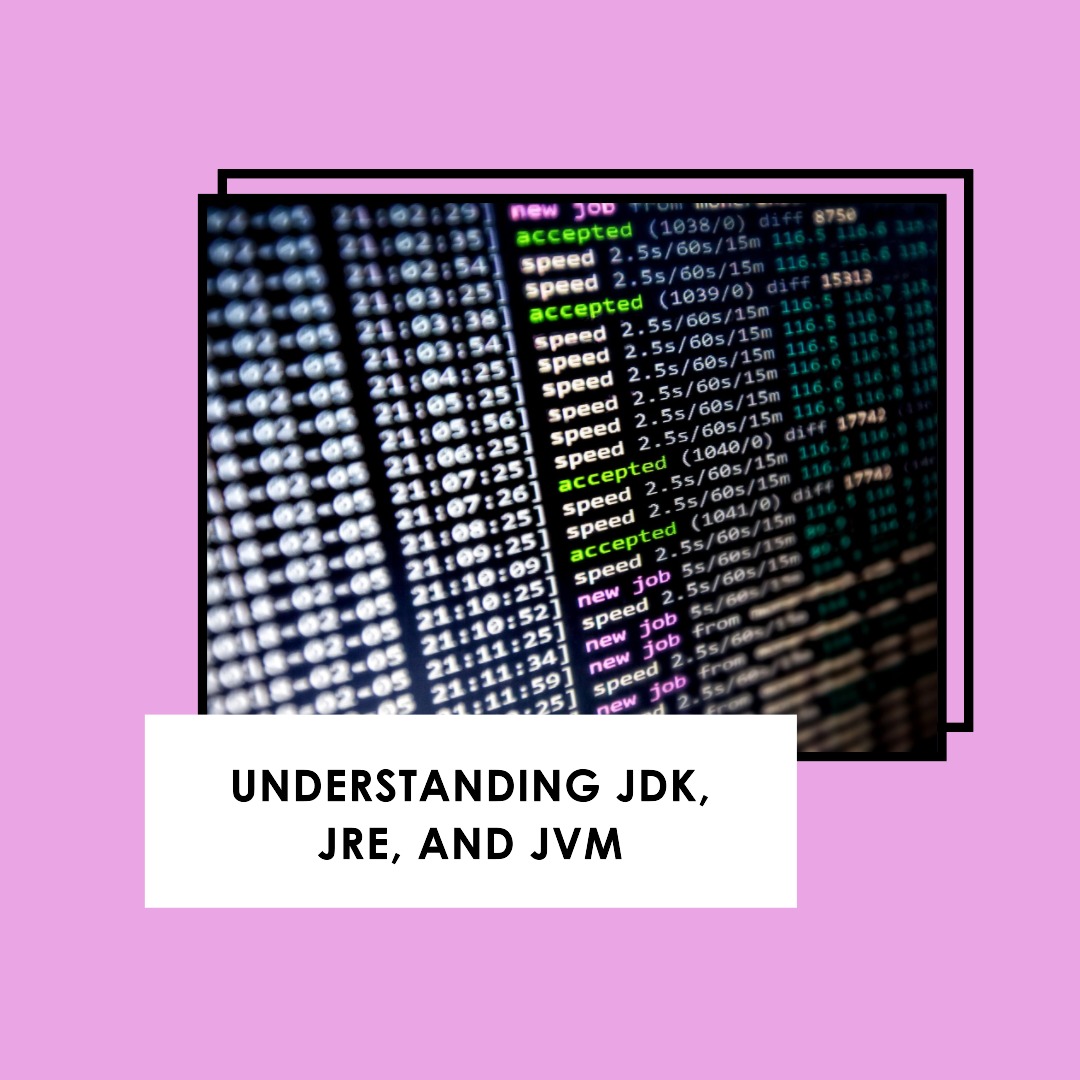
What is the difference between JDK, JRE, and JVM?
The initials JDK, JRE, and JVM may sound familiar if you've done any research into the Java platform. Those three letters stand for three different but equally important components of the Java ecosystem, which together ensure the smooth running of every Java application. Differentiating between these abbreviations and defining their meanings is the purpose of this piece.
See JDK for the Java Platform.
The Java Development Kit (JDK) is a set of tools for creating, assembling, and debugging Java applications. Without it, developing Java software would not be the same. The JDK has numerous features, some of them are as follows:
The Java compiler (javac), included with the JDK, translates human-written Java source code into bytecode, which is a set of low-level instructions that the Java Virtual Machine (JVM) can understand.
Several helpful development tools, such as the Java debugger (jdb) and the Java Archive (JAR) tool for packaging applications, are included with the Java Development Kit (JDK). These tools help in the development and verification of Java programs.
Developers require access to a Java Runtime Environment (JRE), which comes with the JDK, in order to test and debug Java projects locally.
Application programming interfaces (APIs): To enable developers to create robust and feature-rich applications, the JDK comes with a sizable library of APIs that they can use to access standard Java classes and packages.
The JDK is the most comprehensive package that developers can use to create and compile Java applications from source code.
"Java Runtime Environment" aka "JRE" :
Simply explained, the JRE, or Java Runtime Environment, is required in order to run Java programs. It's intended for the everyday computer user who wants nothing more than to access the Java platform. Key components of the JRE are:
The JVM is a component of the JRE that is responsible for understanding and executing Java bytecode. Therefore, Java applications don't need to be redesigned to run on different platforms.
Normal Java Library Packages The JRE includes a set of Java libraries that are broadly recognized as the gold standard in the field. Included in these collections of code are classes for working with files and networks.
Web browser support for Java applets, which required a plugin included in the Java Runtime Environment (JRE), is now rarely used. Current web standards have mostly supplanted the functionality, nevertheless.
The JRE is meant for regular people who only want to run Java programs but don't care about things like developing or compiling Java code.
Execution Environment for Java (JVM)
The Java Virtual Machine (JVM) is the hardware that executes Java programs. Java Runtime Environment (JRE) is a crucial component of the Java platform, since it mediates between compiled Java code and the computer's hardware and operating system. The Java Virtual Machine (JVM) is significant because of its:
The JVM makes ensuring that Java programs work properly on whichever system they are installed in. All you need is a Java Virtual Machine (JVM) that is compatible with your platform to run Java programs.
Java programs rely on the Java Virtual Machine (JVM) to handle memory allocation and deallocation as well as garbage collection.
The Java Virtual Machine (JVM) features multiple safeguards, including bytecode inspection, to prevent malicious code from compromising your system.
The JVM not only supplies the necessary runtime environment, but also executes Java bytecode. It ensures the safety and reliability of distributed Java applications over a wide range of conditions.
Understanding the differences between the Java Development Kit (JDK), Java Runtime Environment (JRE), and Java Virtual Machine (JVM) is vital for both Java app developers and end users. The Java Development Kit (JDK) and the Java Virtual Machine (JVM) are two components of Java's all-encompassing development and runtime environment, which allows developers and end users to run Java programs.
